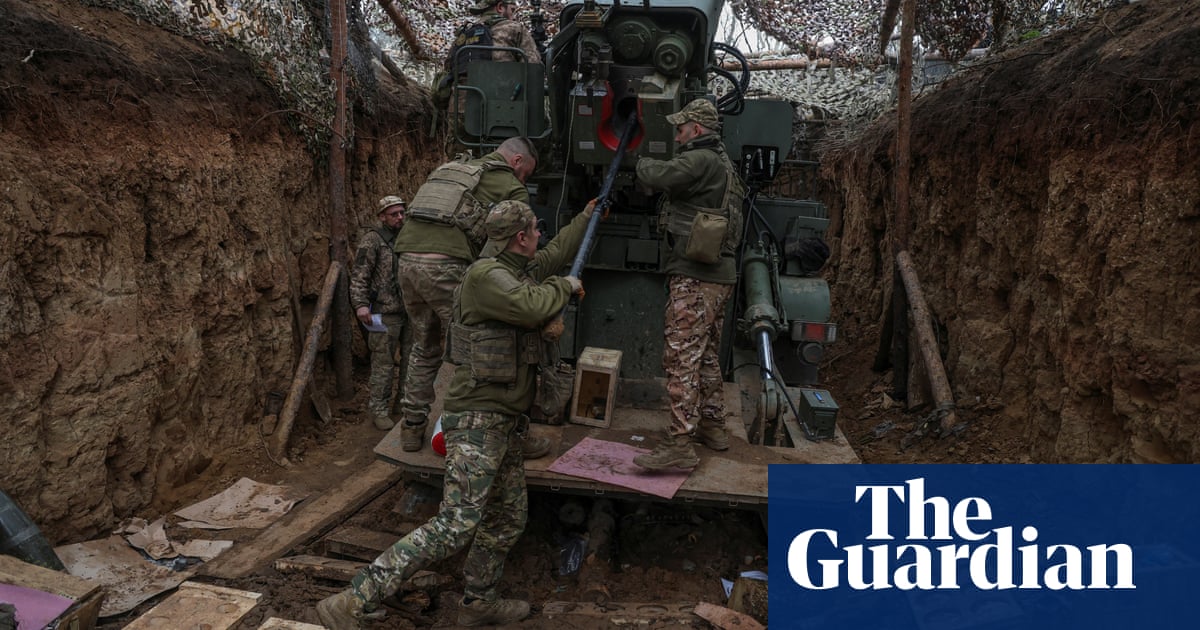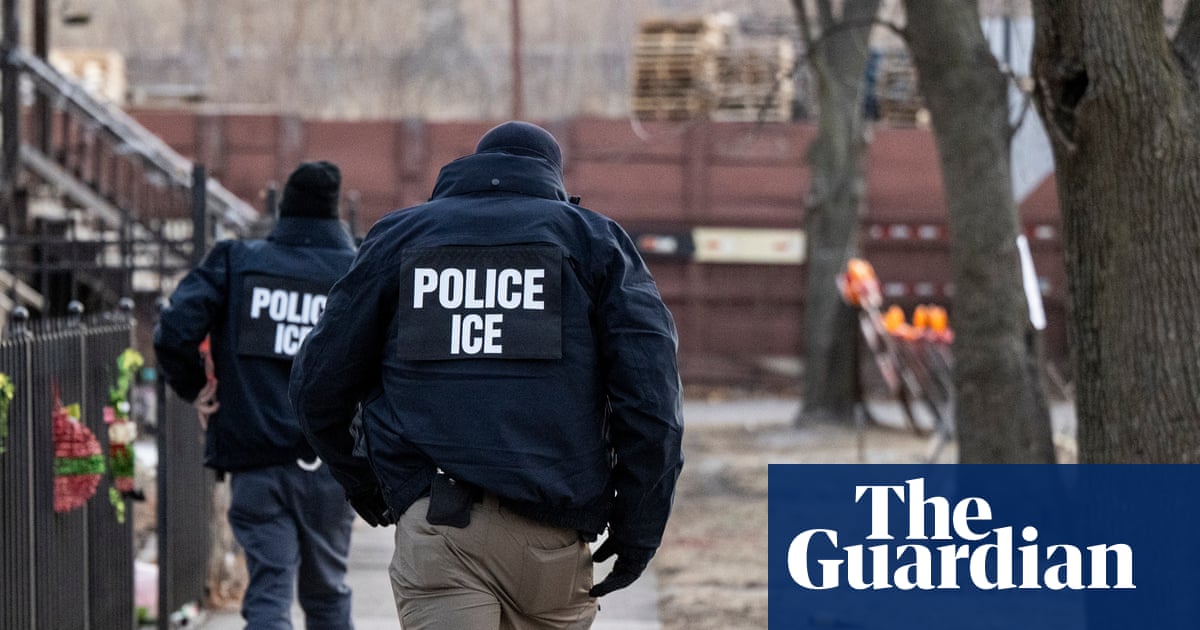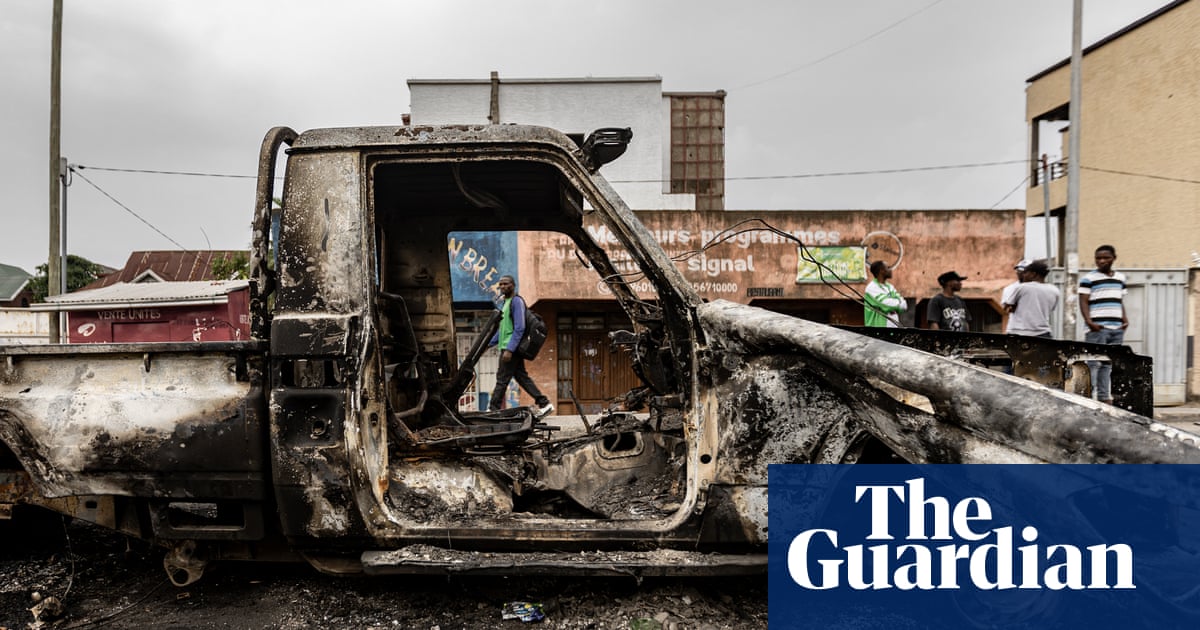What They Found, the first documentary by the film and theatre director Sam Mendes, is a short, stark shock. The film straightforwardly combines two precious artefacts held at the Imperial War Museum in London: 35mm film, shot by Sgt Mike Lewis and Sgt Bill Lawrie of the British Army Film and Photographic Unit, before and during the liberation of the Bergen-Belsen concentration camp near the town of Celle in northern Germany in April 1945; and audio interviews given by the cameramen in the 1980s. Lewis and Lawrie did not record sound when they visited Belsen; the words they spoke years later are the only sounds we hear.
Lewis and Lawrie do not arrive at Belsen until almost halfway through the film’s 36-minute running time. First, laid over generic archive footage, we hear how they came to be army photographers, and we get a flavour of their prewar civilian life. This is particularly pertinent in the case of Lewis, a son of Jewish immigrants from Poland who looked on in dismay in 1936 as fascists held rallies in his parents’ adopted home country. “I could not, like most English Jews, really believe this of England,” he says. “But the world began to assume a shape more real than those things we were taught about it.”
In April 1945, Lewis and Lawrie converge on Celle, filming devastating destruction caused by aerial bombardment: what used to be streets are now discernible by spotting where the rubble is not heaped quite so high. There they meet a handful of Belsen inmates who have already left the camp and are wandering, unwashed, thin and dazed, but apparently not significantly more damaged than other displaced civilians. On hearing about more “political prisoners” who have just been liberated nearby, Lewis thinks this sounds like a less dangerous assignment than the frontline: the term “political prisoners” strikes him as “a bit vague and rather dull”.

By their own admission, Lewis and Lawrie are not prepared for what is inside the camp gates, having only heard rumours about what the Nazis have been doing to Jews and other minorities. A little like viewers of this film who may have read and heard about the Holocaust, but who have not before encountered moving images of the unique terror of Belsen, what Lewis and Lawrie are about to see will change them and stay with them for ever.
First, we are shown extreme closeups of corpses, mouths wide open, deaths anything but peaceful. Next, there are bodies, scores of them, face up and face down on the open space between the camp’s buildings, the camera catching juxtapositions of the dead in the foreground and the living behind.
Then come the pictures no one can ever forget. Belsen contained thousands more dead who had to be moved by the truckload to mass graves. Lewis and Lawrie are there as these figures – more shocking because they are naked, more grotesque because starvation has robbed them of a recognisable human shape – are transported to 20ft-deep holes and then thrown, pushed or rolled in, their fragile limbs twisting unnaturally as they fall and join the pile. Lawrie says: “As the days went on, the bodies – they were dummies, they were dolls. You lost contact. Reality went.”
These few minutes of the film, surely among the most disturbing images ever shown on British TV, are more or less the whole piece: everything on either side is context and, elsewhere, the austerity of the format – if Lewis and Lawrie don’t explain something, it is not explained – can make What They Found slightly perplexing. Existing knowledge or post-viewing research is required to provide details on, for example, why the Nazi camp guards – described with bitter English reserve by Lewis as “arrogant” – are still present, or why the corpses were disposed of in that way, or why the buildings were all firebombed when the liberation was complete.
Often, though, the men find the necessary words. “Why in Germany? What was there about the Germans that made them do this?” muses Lewis, before the tape runs out and the last moments of the film play to blank silence. “The discovery came to me. It was a horrifying discovery. [It was] not only the Germans: any race was capable of it. Anybody, given the circumstances of Germany, could achieve this.”
Lewis also talks lucidly about how, despite having been there in person, the camera formed a barrier between him and what he saw. “It pushed the reality of the sights away from me, and protected me.” It is, of course, always the same for us, gazing back from the safety of now. But What They Found forces us to glimpse the clearest and most terrible truth.

 7 hours ago
3
7 hours ago
3













































